- About us
- Support the Gallery
- Venue hire
- Publications
- Research library
- Organisation chart
- Employment
- Contact us
- Make a booking
- Onsite programs
- Online programs
- School visit information
- Learning resources
- Little Darlings
- Professional learning

The Board oversees the Gallery's strategic directions, objectives and governance.
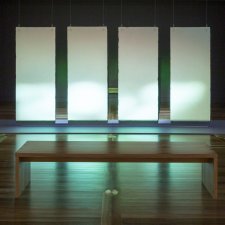
All that fall: Sacrifice, life and loss in the First World War exhibition co-curators Dr Anne Sanders and Dr Christopher Chapman reflect on the evolution of the Gallery’s Anzac Centenary exhibition.
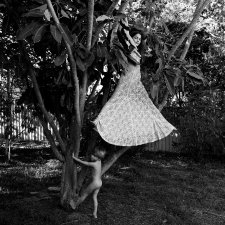
Penny Grist, National Photographic Portrait Prize judge and curator, introduces the 2016 Prize.
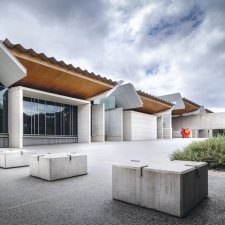
How the National Portrait Gallery and its unique collection came to be

Sarah Engledow writes about Gordon and Marilyn Darling and their support for the National Portrait Gallery throughout its evolution.

Chairman Sid Myer AM, Hayley Baillie, Tim Bednall, Jillian Broadbent AC, Patrick Corrigan AM, Marilyn Darling AC, Tim Fairfax AC, Sam Meers AO, John Liangis, Dr Helen Nugent AC and Nigel Satterley AM.

Dr Anne Sanders NPG Curatorial Researcher investigated the lives of the pioneering psychologists whose portraits are featured in Inner Worlds.

Sarah Engledow explores the history of the prime ministers and artists featured in the exhibition.

Curator, Penny Grist, reveals how this exhibition came to be
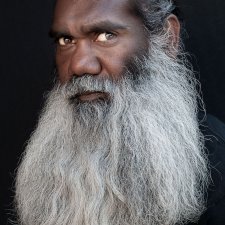
Dr Sarah Engledow, National Photographic Portrait Prize judge and curator, introduces the 2017 Prize.
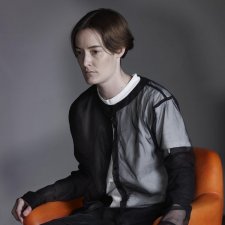
Dr Sarah Engledow, National Photographic Portrait Prize judge and curator, introduces the 2014 Prize.
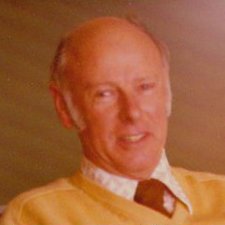
Inner Worlds evokes a broad view of psychology as a discipline. However, the specific interests of the practitioners whose portraits are included in the exhibition incorporate specialist areas including psychoanalysis.
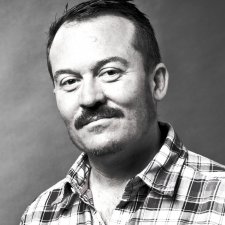
Dr Christopher Chapman NPG Curator of Inner Worlds explains the development of an exhibition that spans from Surrealism to contemporary art.
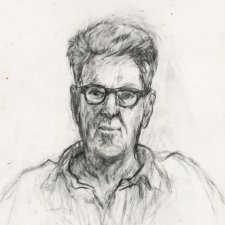
Sarah Engledow looks at three decades of Nicholas Harding's portraiture.
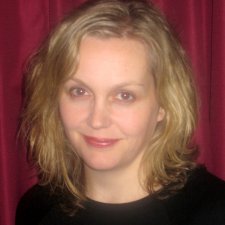
Lesley Harding, Curator, Heide Museum of Modern Art, Melbourne explores Albert Tucker’s experience of World War II, his interests in the intersection between psychology and creativity, and their influence on his portrait making.